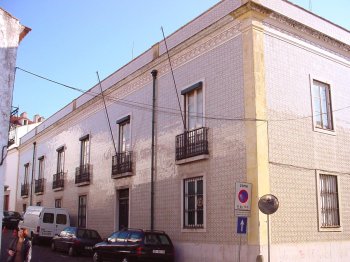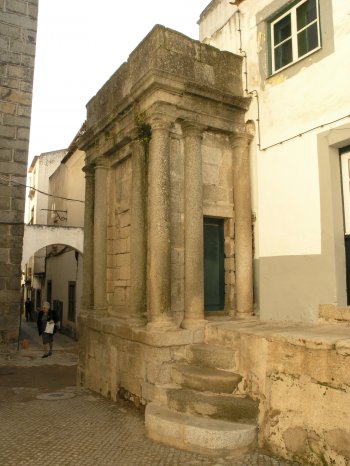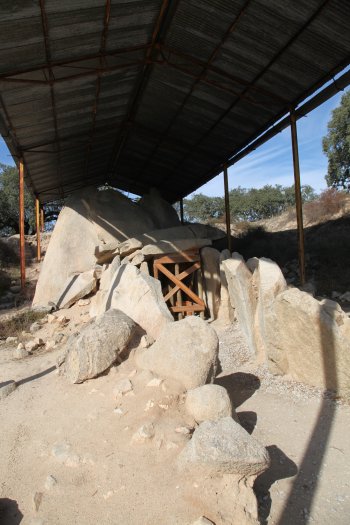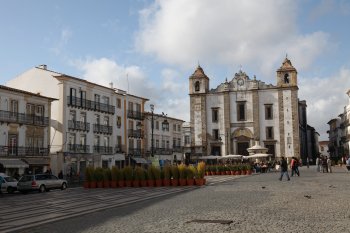Explore the best places
Monuments in Évora
Edifício da Rua do Cicioso
- heritage
Rua do Cicioso, 18
7000-658, Évora
Large building with the façade covered with glazed tiles.

Caixa de Água
- heritage
Rua Nova
7000-536, Évora
This work by Fransico Arruda has a deposit among columns, to distribute water to the aqueduct.

Aqueduto da Rua de Avis / Largo Luís de Camões
- heritage
Rua de Avis
7000, Évora
Stone aqueduct built with three perpendicular arches.

Anta Grande do Zambujeiro de Valverde
- heritage
Herdade da Mitra
7000, Évora
The burial chamber of unusual size and complex structure runner. This is the largest known tapir, polygonal Chamber with Hall, seven props and TUMULUS. Have been built between 4,000 and 3,500 BC. Here was collected abundant archaeological booty which includes: Player cards, pottery, arrowheads in Flint, copper instruments and green beads and necklaces that are in the Museum of Évora.

Praça do Giraldo
- heritage
Praça do Giraldo
7000-508, Évora
The center of the city of Évora. Highlighting the typical neoclassical and romantic façades, dominated the wrought-iron balconies. There is the fountain of Praça do Giraldo, work of architect Afonso Álvares, built in 1571, in white marble, crowned by a bronze Crown.

Menir da Oliveirinha
- heritage
Nossa Senhora da Graça do Divor
7000, Évora
Menhir with about two meters high, located inside a private property, but with a good view of the road.
Menires da Herdade da Casbarra
- heritage
Nossa Senhora da Graça do Divor
7000, Nossa Senhora da Graça do Divor
Menires megalíticos. O Menir 1 é monumento singular, pela sua forma incomum, de secção quase poligonal, de arestas muito vivas e pela dimensão. O Menir 2 enquadra-se no universo regional, de forma almendrada, do tipo "pedra talha".
Igreja Paroquial de São Jordão / Ermida de São Jordão
- heritage
Torre de Coelheiros
7005, Torre de Coelheiros
Igreja Paroquial de Nossa Senhora da Boa Fé
- heritage
EN114
7000-013, Nossa Senhora da Boa Fé
This church brings together different elements from the Manueline, Mannerist and Rococo periods. The temple is faithful to the parameters that typify the plain architecture from Évora with traces from a previous Manueline construction. On the inside there are significant assets, with glazed tiles on the walls and golden carving.